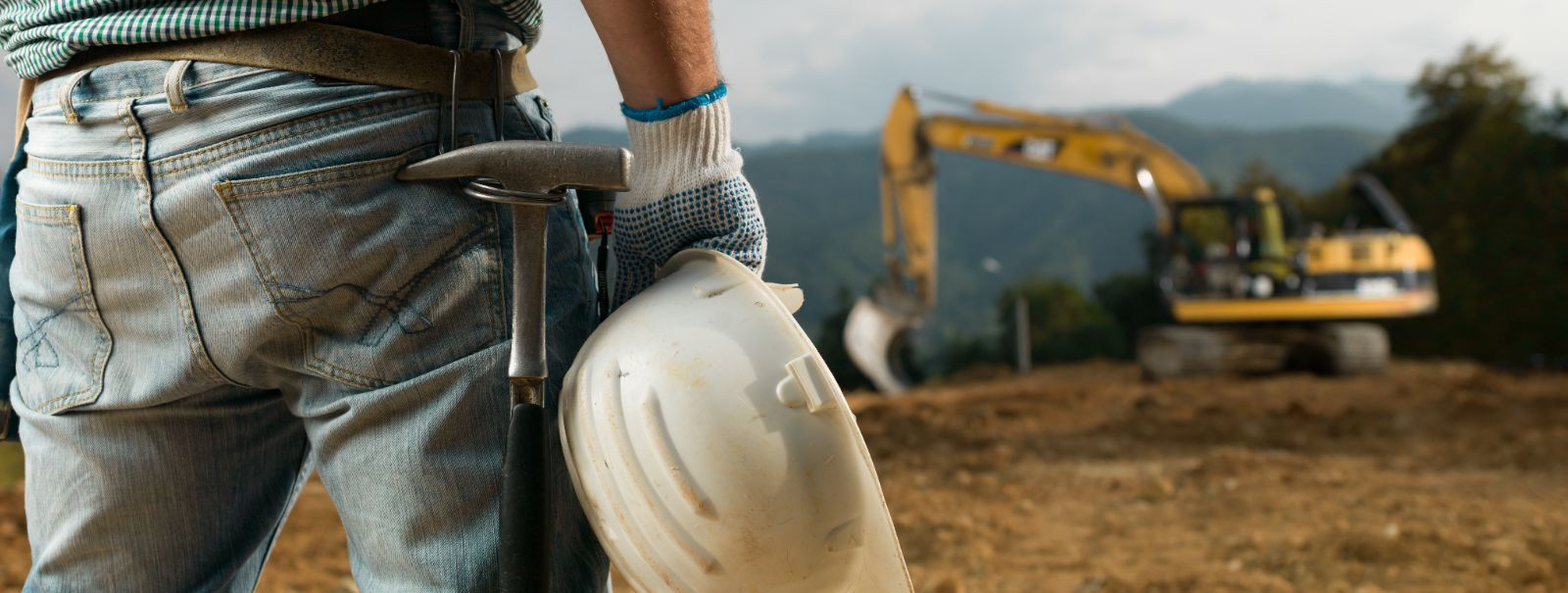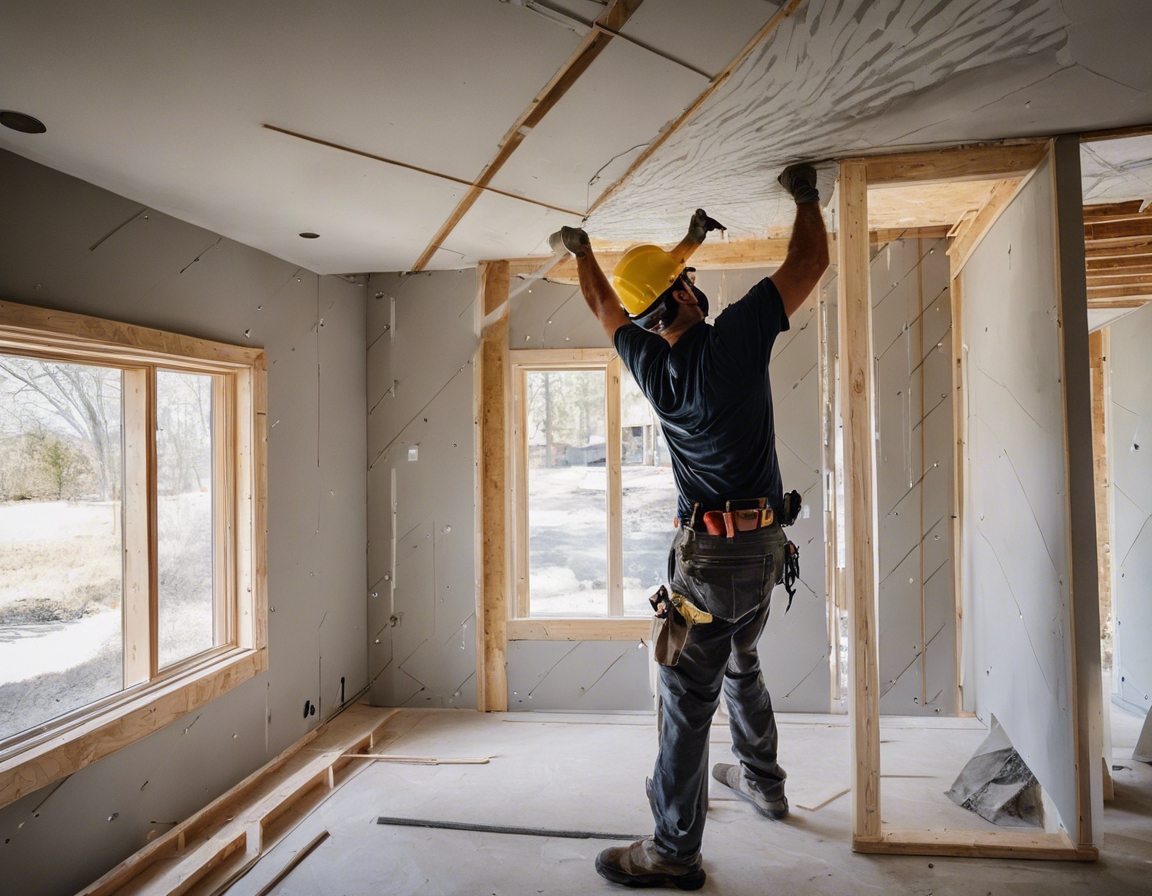Maximizing space: innovative excavation techniques
Efficient excavation is the cornerstone of any successful construction project. It sets the stage for the foundation and ensures that the subsequent stages of construction can proceed without delay. In urban environments, where space is at a premium, maximizing the use of available space through innovative excavation techniques is not just a luxury, it's a necessity.
Urban excavation presents unique challenges. Congested sites, proximity to other structures, and underground utilities require precision and care. Traditional excavation methods may not always be suitable, necessitating the adoption of innovative techniques to overcome these obstacles.
Advanced Excavation Techniques
Hydraulic excavation, also known as hydro excavation, uses high-pressure water to break up soil, which is then removed with a vacuum system. This method is precise and minimizes the risk of damaging underground utilities.
Electrokinetic excavation is a technique that uses electrical currents to move soil particles, allowing for the removal of soil with minimal physical disturbance. This method is particularly useful in sensitive areas where traditional excavation could cause damage.
Jet grouting is a ground improvement technique that involves injecting a high-velocity jet of grout into the ground to create columns of stabilized soil. This method can be used to create underground structures or to underpin existing foundations.
Box jacking is a method where a precast box is pushed underground while soil is excavated from the front. This technique allows for the construction of tunnels and underpasses without disturbing the surface above.
Soil stabilization involves altering the physical properties of soil to improve its strength and durability. Techniques such as chemical injection, compaction grouting, and the use of geosynthetics can ensure a stable excavation site.
Environmental Considerations in Excavation
It's crucial to minimize the ecological impact of excavation activities. Innovative techniques can help preserve the surrounding environment and reduce the carbon footprint of construction projects.
Effective waste management strategies are essential in excavation. Segregating materials for recycling and proper disposal of non-recyclable materials are key to sustainable construction practices.
Adopting sustainable excavation practices, such as using electric-powered machinery and recycling excavated materials, can significantly reduce the environmental impact of construction projects.
Technological Innovations in Excavation
3D excavation planning uses computer simulations to optimize the excavation process. This technology allows for precise planning and can help identify potential issues before they arise.
Automated and robotic excavation systems can increase efficiency and safety on construction sites. These systems can operate in hazardous environments and reduce the need for manual labor.
Real-time monitoring systems use sensors to track the progress of excavation and the stability of the site. This technology ensures that any deviations from the plan can be addressed promptly, maintaining safety and efficiency.






Comments (0)